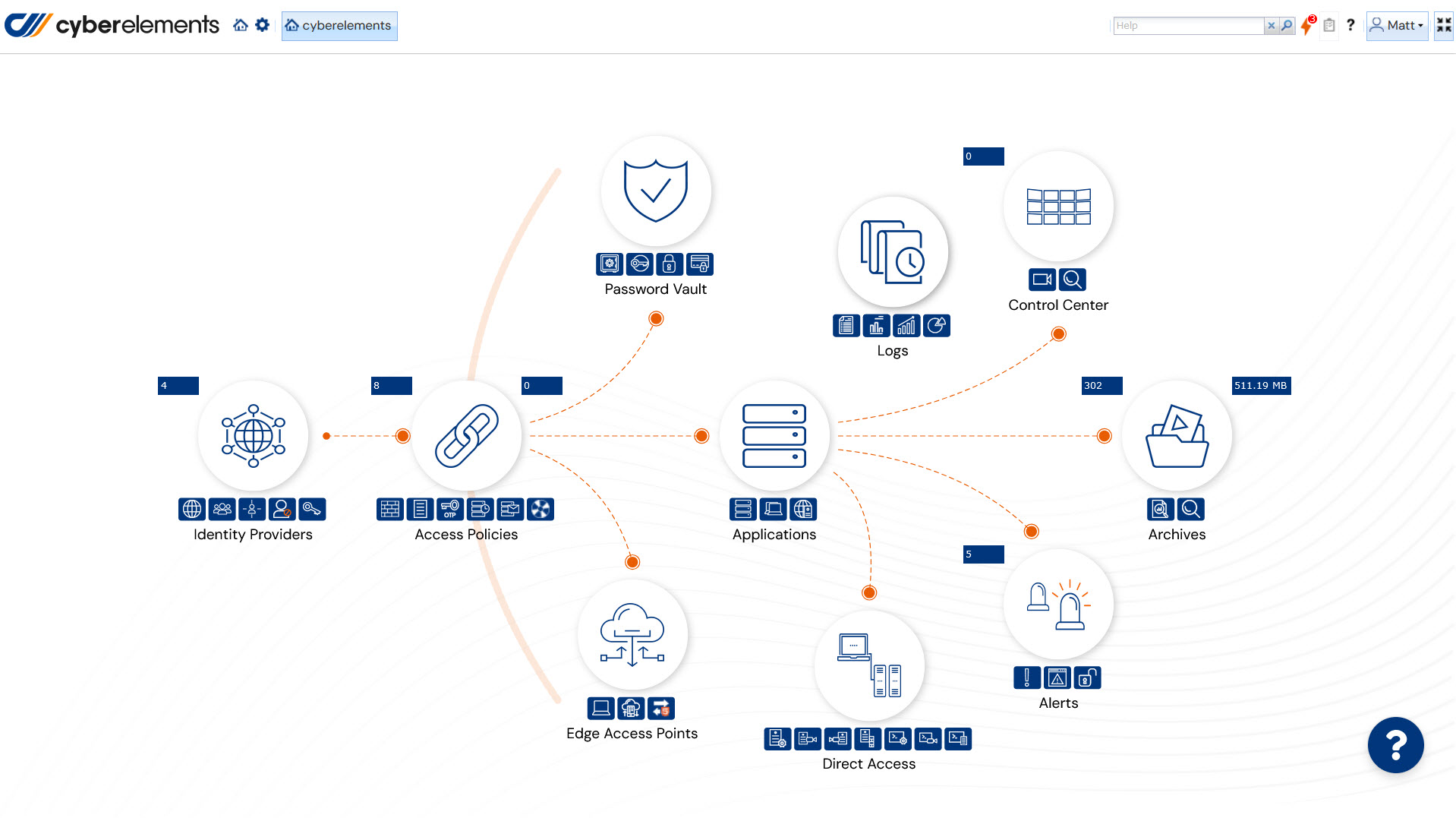Secure Remote Working
What are the key measures?
Today, more than ever, how organizations secure remote working impacts the overall security of their IT systems. Remote working is no longer a temporary project or exception; it has become deeply integrated into organizational practices and presents a significant challenge for IT departments. The focus has shifted from securing remote access for a few employees on a short-term basis to ensuring secure remote access for the entire workforce: employees with diverse roles, connecting from uncontrolled networks, and sometimes using personal devices.
What are the best practices for securing remote working?
There are several measures that should be implemented to secure teleworking, with some being so effective that they should be a top priority for CISOs and CIOs when deploying remote work at scale across their organization:
- Strengthening access conditions to IT systems is crucial, as a simple password is no longer sufficient, particularly in a remote working environment. Implementing Single Sign-On (SSO) solutions, which support multi-factor authentication (MFA), ensures both security and user convenience. These mechanisms should be deployed on workstations to prevent unauthorized access. Additionally, by requiring authentication at both primary and secondary levels, it becomes significantly more difficult for any third party to gain access to IT resources, especially when the workstation is either turned off or locked.
- Endpoint posture check is just as important as verifying the identity of the person using it. It’s essential to check the device’s security posture before granting access to resources. A reliable method to prevent malware infections is to automatically verify that the device has essential security measures in place, such as an updated antivirus, active firewall, and the latest system updates. This type of compliance check significantly reduces the risk of malware and is a critical requirement for BYOPC (Bring Your Own PC) policies, where employees use their personal devices to access company resources.
- Partitioning access to IT resources is essential, as employees within the same organization often require different levels of access based on their department, role, or business profile. By segmenting access, organizations can ensure that each user is granted access only to the resources necessary for their job, in line with the least privilege principle. This approach not only minimizes unnecessary exposure but also helps limit the potential spread of malware, reducing the overall security risk.
- Tracing access to resources with precision is crucial. While knowing who has connected to the system is important, simply tracking users isn’t enough. Advanced traceability involves understanding not only who accessed the system but also which specific resources were accessed. This information allows CISOs and CIOs to rapidly identify potential compromise or data leakage, making it much easier to pinpoint and address security risks.
Thanks to these four measures, the attack surface and potential entry points into the organization’s systems are significantly reduced. They provide a solid foundation for any organization looking to effectively secure remote working.
Zero Trust Network Access
These measures, which may seem diverse at first glance, can be easily implemented through a ZTNA (Zero Trust Network Access) solution such as cyberelements. The solution enables organizations to secure remote work for all employees in 3 minutes.
ZTNA has become the go-to solution for providing secure remote access. As remote working is now deeply embedded in organizational processes, it must be supported by a high level of security to ensure the same protection whether employees are working from home or the office. For CISOs and CIOs, any solution that effectively secures remote working while minimizing impact on user experience should be prioritized to maintain a robust security, especially as potential entry points and risks continue to grow.
